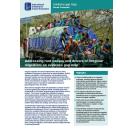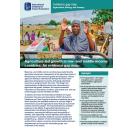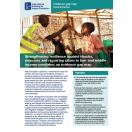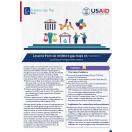Evidence gap map
Provide an overview of what the maps cover, their context, the methodologies used and a summarisation of the main findings.
Latest evidence gap map briefs
Evidence gap map
These briefs describe what the maps cover, explain why and how they were done, and summarise main findings.









